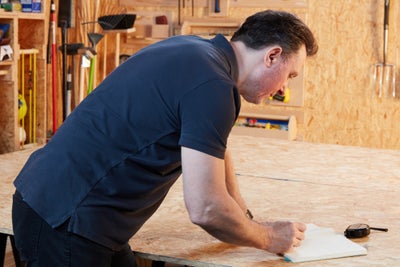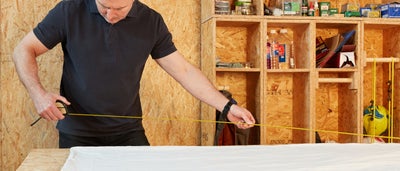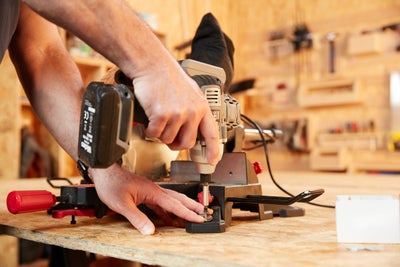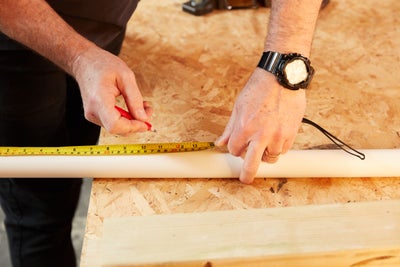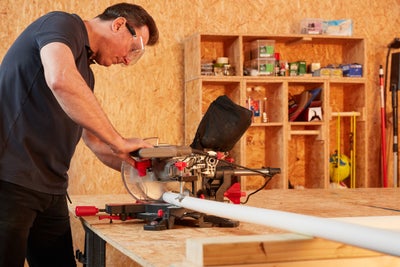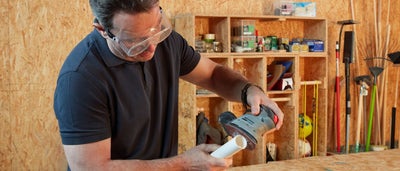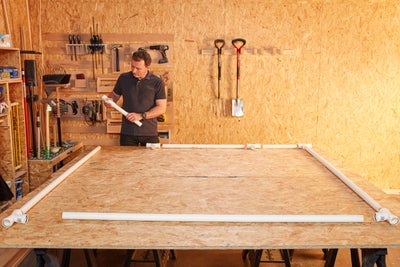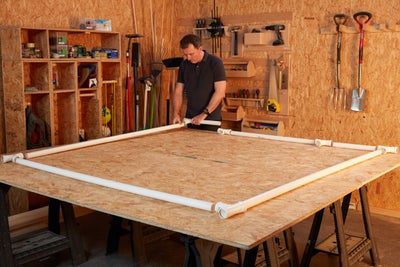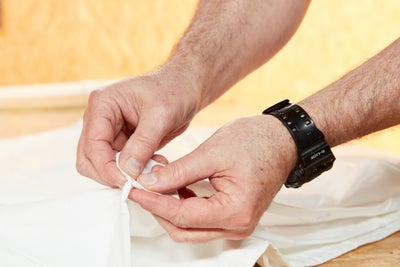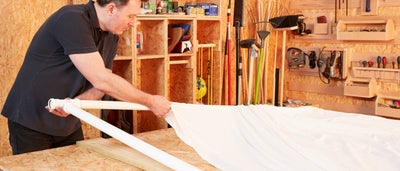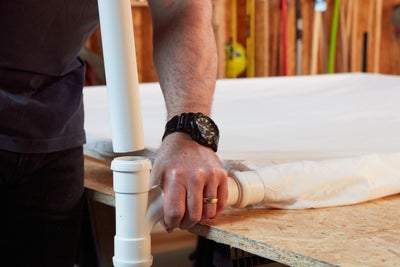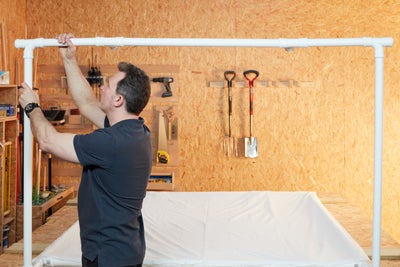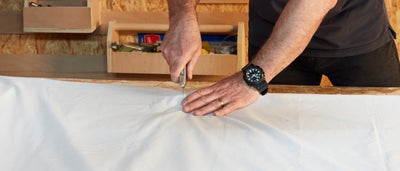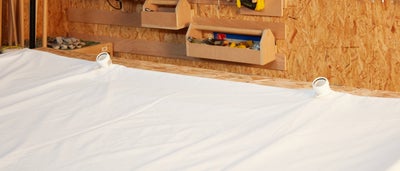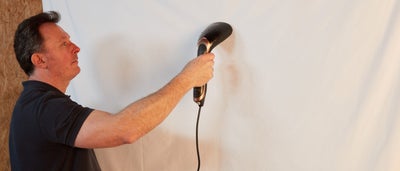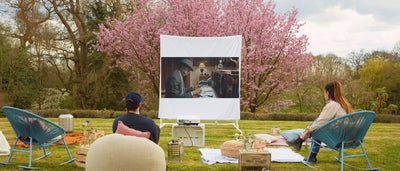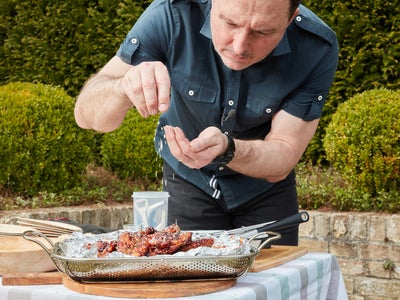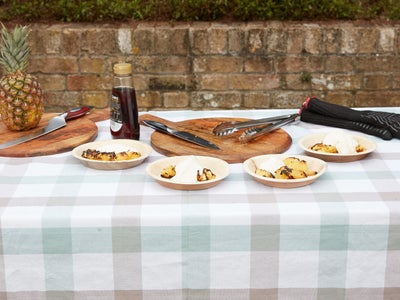DIY Pop-up Cinema Screen
Tools
- Chop saw
- Hacksaw
- Palm sander
- Pencil
- Sanding block
- Sand paper
- Spirit level
- Steamer (optional)
- Tape measure
- Utility knife
Materials
- Bedsheet or duvet cover
- PVC or plastic piping
- PVC or plastic piping fittings
- Screws
- Washers
Planning and preparation
- We are going to show you how to build an outdoor cinema screen, step by step.
- It gives you the perfect way to take your outdoor entertaining to the next level, whether it’s to watch a classic film or the big match, and can easily be disassembled and assembled in a flash.
- This project doesn’t require too much time or experience to complete and uses materials that are mostly available from Wickes.
- It should take a DIYer with moderate experience around a day to complete when you include the time you spend planning and designing.
Staying safe
- Always make sure that your power tools are unplugged while you’re setting them up or changing accessories, to ensure your safety.
- Keeping the plug in sight acts as a visual reminder to prevent accidents and hazards.
- For extra safety when using power tools and painting, be sure to wear protective equipment, including your ear defenders, goggles, and a dust mask.
